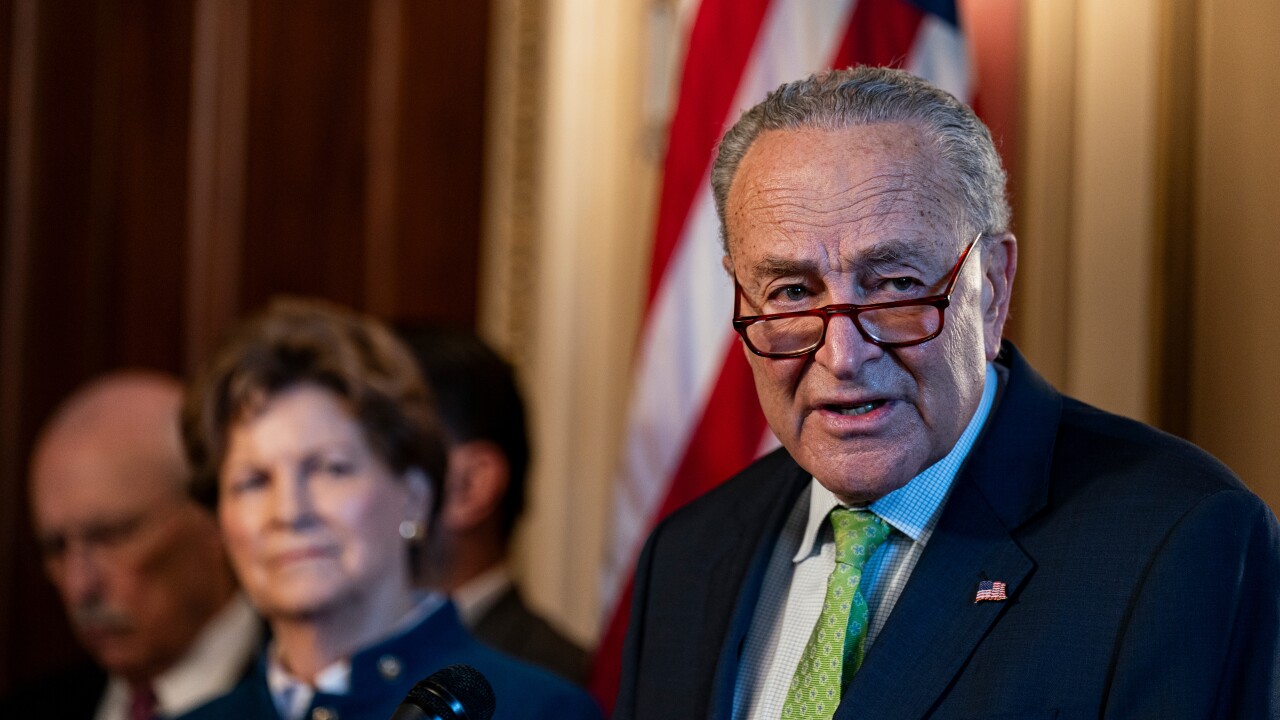CHICAGO — The health of Illinois’ pension system continued its downward spiral in the last fiscal year when unfunded liabilities rose by more than $11 billion and the funded ratio deteriorated to 40.4% from 43.4%, according to a review conducted by the Civic Federation of Chicago.
The state’s unfunded liabilities rose to $94.6 billion in fiscal 2012 which ended June 30, 2012 from $82.9 billion in fiscal 2011, according to the federation which tracks local government and state tax and spending policies.
The figures are based on a smoothing of assets over a five-year period. The state shifted to the method in fiscal 2009 to ease the impact of extreme market fluctuations on investment gains and losses in any given year.
The state held the distinction of having the worst funded system of any state based on its fiscal 2010 results in a high-profile report from the Pew Center on the States released earlier this year.
The latest figures add to the urgency expressed by market participants, analysts, and Gov. Pat Quinn for lawmakers to enact pension reforms. Efforts to cut cost-of-living increases and shift the burden of paying for most school teachers’ pensions to local districts failed during several attempts this year. Lawmakers are expected to take another shot at reforms early in January during a lame-duck session of the General Assembly.
The Civic Federation’s Institute for Illinois’ Fiscal Sustainability compiled the totals from actuarial reports filed by the funds with the state this month. The state actuary reviews the figures and they are used to set the payment due in the next state budget.
On Wednesday, another influential organization pushing for reforms — the Civic Committee of the Commercial Club of Chicago — released a stinging letter to its members and Quinn. It warned that the results of the election earlier this month bode poorly for reform legislation as incumbents return to office and also that the state’s pension crisis may now be beyond repair.
“We’re writing today to let you know that the pension crisis has grown so severe that it is now unfixable,” the letter read, noting the state’s mammoth obligations, bonded debt, and unpaid bill backlog have hurt its credit ratings.
It labeled Quinn’s proposed reforms insufficient and called for suspending cost-of-living increases, establishing a pensionable salary cap, increasing the retirement age, and shifting state costs to local governments for pensions over 12 years just “to slow the bleeding.”
Illinois’ pension woes and lack of action have driven a series of rating downgrades and contribute to the so-called Illinois interest rate penalty on state paper. Standard & Poor’s rates the state’s general obligation debt A with a negative outlook. Moody’s Investors Service rates the state’s $32.8 billion of general obligation debt A2 with a stable outlook and Fitch Ratings assigns an A rating and stable outlook.
Any pension reforms likely face a legal challenge by unions so their impact on unfunded liabilities and annual state payments may take some time to be seen.
Applying a market-based review, the state’s unfunded obligations rose to $96.8 billion in fiscal 2012 from $83.1 billion a year earlier while the funded ratio declined to 39% from 43.3%.
Quinn’s budget spokesman Abdon Pallasch said the latest pension figures “further illustrates the need for reforms called for by the governor.”
On the Civic Committee’s letter, Pallasch said the group’s help in sounding the alarm on the need for reforms was welcomed. “We hope the committee will help make the case to every member of the state legislature and to state pension holders that solving the pension problem is key to assuring that benefits will be there when the stakeholders retire,” he said.
The funds have requested a total payment of $6.8 billion in the fiscal 2014 budget, up from $5.9 billion in the current 2013 budget. The proposed payments for fiscal 2014 beginning July 1 is $637 million more than what was earlier projected.
The state currently adheres to a 50-year payment plan designed to reach a 90% funded ratio in 2045. The payments often fall short of the actuarially required contribution. The declines were greater than projected in the General Assembly’s non-partisan Commission on Government Forecasting and Accountability report on the pension funds last March. That assessment had projected unfunded liabilities would grow to $88.2 billion for a funded ratio of 42.5%.
The worse-than-projected figures were partly due to changes in actuarial assumptions by the largest of the five funds — the Teachers Retirement System — the federation said in its report. TRS made several changes including lowering its assumed rate of return to 8 % from 8.5%.
“These changes increased the present value of TRS’ pension obligations, increased the unfunded liability and decreased the funded ratio,” the federation wrote. Returns in fiscal 2012 also contributed to the decline as the fund saw a return rate of less than 1% after a strong 23.6% return a year earlier.
The unfunded liabilities of the teachers fund rose to $52.1 billion from $43.5 billion, the state employees’ fund rose to $21.6 billion from $20.2 billion, the universities fund rose to $19.2 billion from $17.6 billion, the judges fund rose to $1.4 billion from $1.3 billion, and the General Assembly’s fund rose to $247 million from $235 million.





